The Legacy of Queen Charlotte: Britain’s Second Black Queen
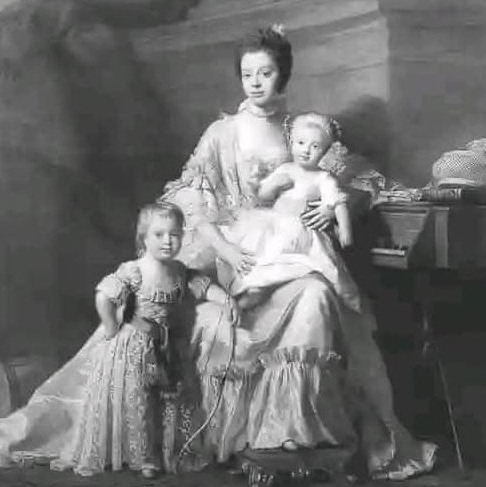
The Legacy of Queen Charlotte: Britain’s Second Black Queen
Born in 1744, Princess Sophie Charlotte of Mecklenburg-Strelitz became Queen Consort of Great Britain in 1761 when she married King George III. Her reign stretched across pivotal years of history, including the American Revolution, when Britain lost its thirteen colonies in North America.
Charlotte was more than a royal figurehead—she was a patron of the arts, music, and botany. She maintained friendships with cultural luminaries such as Johann Sebastian Bach and Wolfgang Amadeus Mozart, and her love of gardens shaped the development of Kew Gardens in London.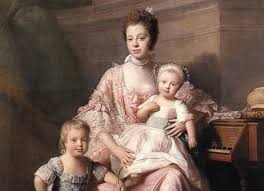
She also left a lasting mark on the United States. The city of Charlotte, North Carolina, was named in her honor, as was Mecklenburg County, a nod to her German birthplace. Even today, her statue stands in Charlotte as a reminder of her influence on the early history of the colonies.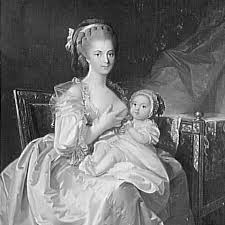
What has drawn renewed attention in recent decades, however, is the debate over Queen Charlotte’s ancestry. Some historians and scholars argue that through her Portuguese royal lineage, she may have had African heritage, making her Britain’s second Black queen after Queen Philippa of Hainault in the 14th century. Portraits and accounts from the period have fueled both academic research and public fascination with this possibility.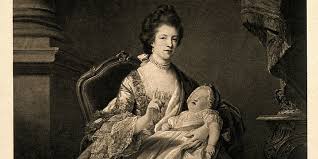
Whether or not her ancestry is definitively proven, her family line continued through generations of British royalty. Queen Charlotte was the great-great-great-grandmother of Queen Elizabeth II, and today, her name lives on through Princess Charlotte, the young daughter of Prince William, the heir to the throne.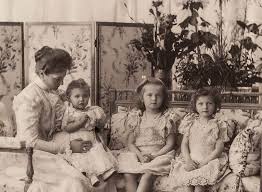
Queen Charlotte’s story highlights both the cultural diversity and the complex heritage woven into the history of Europe’s monarchies. At a time when discussions of representation and identity are increasingly important, her legacy offers a reminder that history is rarely as simple—or as homogenous—as it once seemed.











